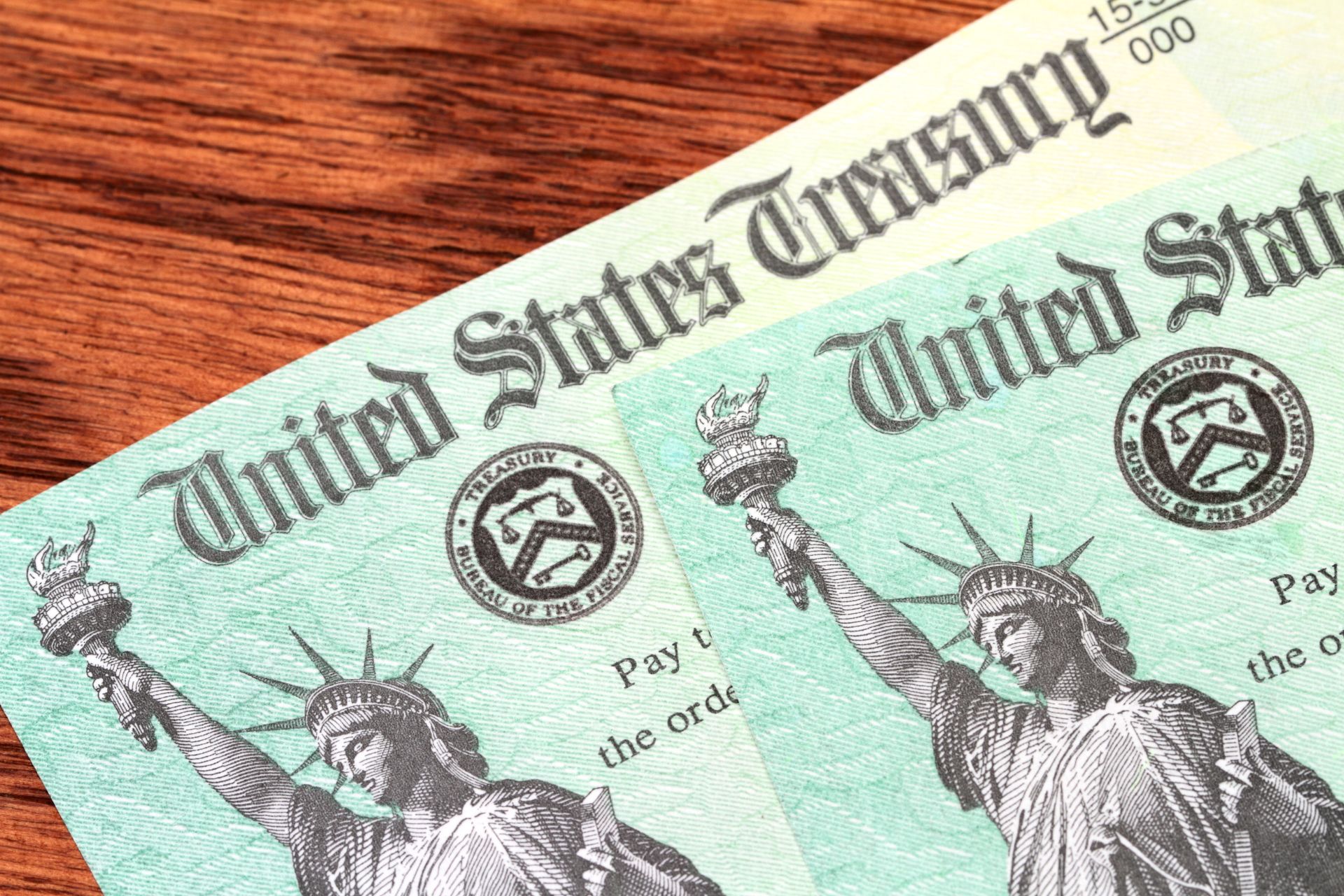
What Investors Should Know Before Buying Series I Savings Bonds
Government-issued Series I Savings Bonds are paying historically high rates right now. These bonds have received a lot of attention recently because of their 9.62% interest rate (I Bond rates are tied to inflation, so they become more attractive as inflation rises).
If you purchase I Bonds now through October 2022, this rate applies to the first 6 months. That means if you buy the maximum ($10,000), you'll earn $481 after 6 months—guaranteed.
What Are Series I Savings Bonds?
A Series I savings bond is a security that earns interest based on both a fixed rate and a rate that is set twice a year based on inflation. The bond earns interest for a period of 30 years or until you cash it in, whichever comes first.
To purchase I Bonds, you must have a valid Social Security Number and be a U.S. citizen, resident, or civilian employee. Children under 18 cannot open a TreasuryDirect account; however, parents and other adult guardians can purchase I Bonds on behalf of their children.
What’s the Catch?
You may be wondering, "What's the catch?" There are a few caveats to be aware of before purchasing I Bonds:
- Your money is locked up for the first year, so you should only consider I Bonds if you're sure you won't need the cash.
- If you withdraw your funds within the first 5 years, you lose the last 3 months of interest.
- The interest rate changes every 6 months and is tied to inflation, so it's difficult to assess opportunity cost beyond the first 6 months. However, if inflation persists, rates will continue to look attractive.
- The purchase limit is $10,000 per person, per year, and you can only purchase I Bonds for yourself through gov. You can also buy up to $5,000 in paper using your federal income tax refund.
Should You Buy I Bonds?
If you have extra cash that isn't earning anything right now and you know you won't need access to it for at least a year, I Bonds may present an attractive opportunity.
Keep in mind that as interest rates rise, savings rates are also likely to increase, yet at a lag. So, if you prefer that your cash be readily available when you need it, you may want to consider more traditional savings options.
You can learn more about Series I Savings Bonds here. And as always, we’re here for you if you have questions.
